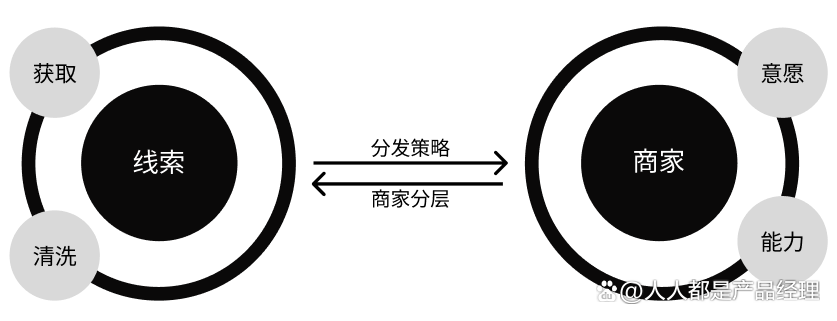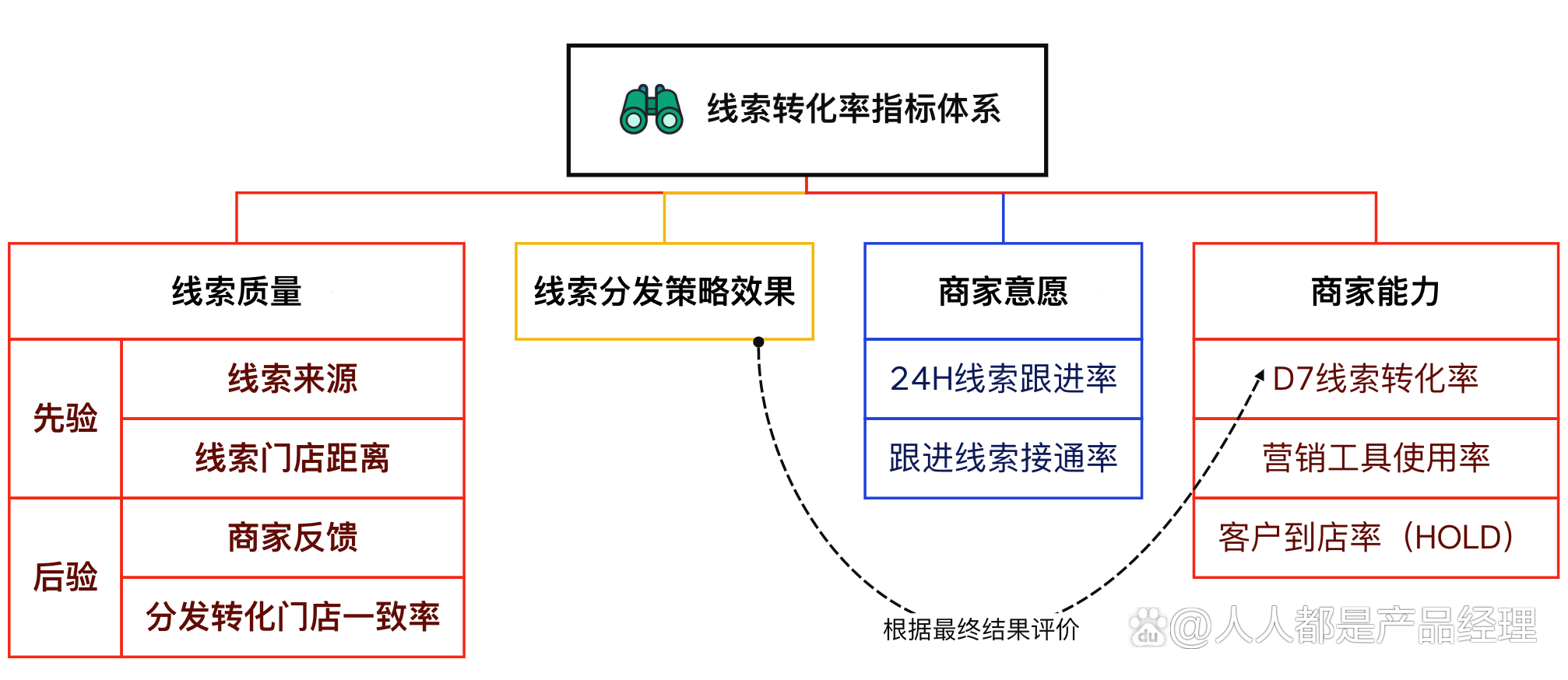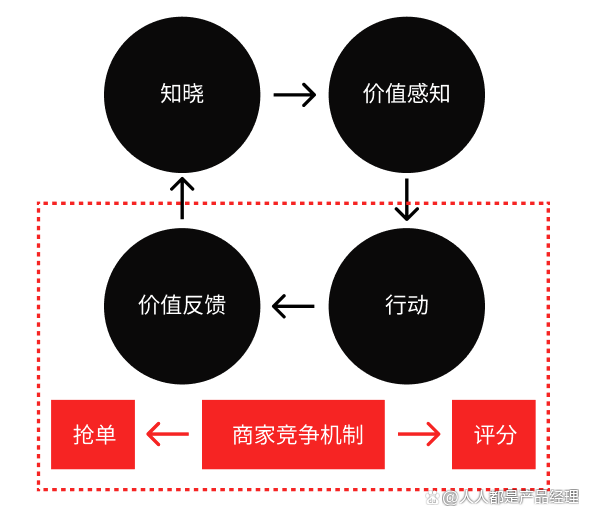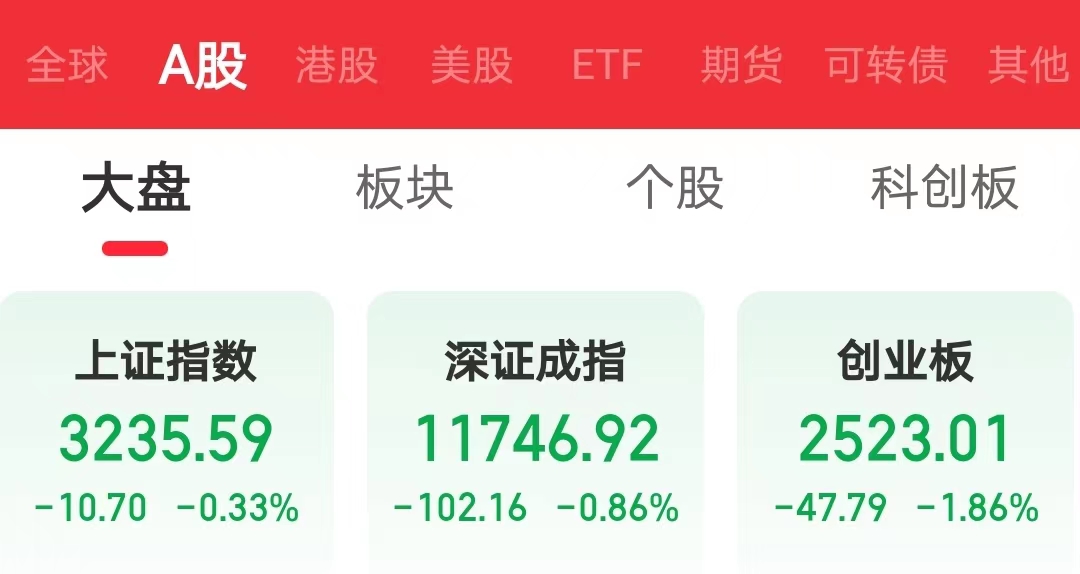"How to increase the turnover rate?" My clue operation journey
Author:Everyone is a product manager Time:2022.09.29
As a product manager, the value of creation through product practice is very pleasant, and how to achieve rapid business growth through clues is a very interesting issue. The author uses the recently practiced electric two -wheeled car industry as the starting point to share the clue operations in his eyes. At the same time, how to solve the idea of solving when facing strange and complex issues.

In front
It happened to be able to get started with the "user sense" and has been almost 4 years. Fortunately, he is responsible for too large DAU products, weighing weighing under multiple constraints, watching the stone of his mountains in an excellent product team, and witnessing the needs of users and regions in different countries.
In this process, there are indeed many bad things caused by environmental, organizational, collaboration and other reasons. But if you want to come, the main reason I can persist is that the process of creating user value (even social value) through product practice is pleasant.
"The product manager is used as a product, dialogue with the world" -Yu Jun
Teacher Yu's description of the product world is always fresh. In my growth system, writing and expression are also very important skills for product managers. Hope this article is the starting point of my expression. Talking about the clue operation in my eyes based on the recently practiced electric two -wheeled car industry, and at the same time, I also shared how I solved it in the face of a strange complex problem.
1. About business background
Two -wheeled electric vehicles are a traditional business with an annual sales of 40 million units. Trading usually takes off offline, relying on channels. As a new player with a lot of self -on -line traffic, how to achieve business growth through clues is a new and interesting proposition.
After the early investigation, we have the following key judgments:
1. Where does the clue come from?
There is no doubt that the use of "free" its own traffic (online and offline) to obtain clues is the best choice in the early stage of business.
2. How to transform clues?
Merchants (offline stores) are necessary ending roles in clues, and clues eventually need to rely on merchants to follow up and transform.
Investigation: Two -wheel electric vehicles are 3 to 5 kilometers of surrounding business. Merchants are more familiar with the local environment. They have natural advantages in customer follow -up conversion: For the headquarters, the marginal cost of merchants follow -up is about 0; The follow -up plan of the follow -up, the increase in the amount of the cost of the cost and increase the incentive compatibility: At the current stage, the core demand of the headquarters is to help merchants sell cars, that is, free clues; The traditional offline business model is not highly aware of the clues, and you need to pay a certain cost to cultivate his willingness and ability.
Merchant portrait: Most age> = 36 years old, most of the academic qualifications <= high school, most of which are from other two rounds of brands or operating car repair shops. They are accustomed to traditional store operation methods. Basically, the customers have the intention of buying a car. In the end, some part of them can be transformed. The GAP is greater and weak management with the real situation: the headquarters lacks effective management of merchants (even allows mixed camps). Improvement 2. About business practice
1. Business model and value measurement

Our company is similar to the common clue business model. After obtaining clues, it is cleaned and distributed to merchants to follow up and transform. Of course, the clue transformation stage also involves multi -channel follow -up, global marketing and other processes, and the length is limited. This time, it will not be discussed.
As a project Owner, the first question to answer is: How to evaluate the value of the project operation?
Project value:
Cancer GMV = Cancer * Cancer conversion rate * average customer unit price
*The number of clues, that is, how we transform natural traffic into clues. Due to division of labor, I am not responsible.
*The average customer unit price, the core is the topic within the scope of goods and pricing, and it is not within the scope of this discussion.
We focus on this article, how to increase the transformation rate of clues?
2. Problem disassembly
(1) Index architecture
When it comes to how to increase clues, we can quickly think of many methods in our minds, such as improving the sale ability of merchants, distributing clues to the nearest merchants, and so on. As a product manager, before solving such a complex problem, we need to disassemble the system problem first, and see the all -picture in the problem.
Cancer conversion rate = f (clue quality, clue distribution strategy, merchant wishes, merchant capabilities)
After a series of thinking, we have clarified the above four key process variables. Then, we need to quantify and set indicators.

Cancer quality:
Clues Source: What channels, paths, and gameplay are obtained by the clues. Whether the clue store will be contacted by the clue stores such as the clue store: the closer of the store, the closer the store, and the customer is more opportunities Accurate information) Merchant feedback: What is the evaluation of our clue quality? More subjective feedback, as auxiliary indicators to observe the consistency rate of distribution stores: that is, the clues distributed to the store A. If the transaction is transmitted, whether it is in A; the rear evaluation of the distribution of the clue to the clue distribution strategy effect: distance with the distance: distance For the core, the effect of transaction matching strategies based on clue characteristics and store characteristics, and finally measured with results indicators.
Merchant wishes and abilities:
24H clue follow -up rate: Whether the merchant follows the clue of the clues to follow up the clue to follow the clue clue connection rate: determine whether the merchant follows the valid D7 clue conversion rate: the conversion ability of the merchant from the final result: the use of merchant marketing tools, etc. Process data 3. Business strategy (1) Candidates quality
The clue acquisition is not within my responsibilities, so it is more through data monitoring, finding problems and suggestions. To sum up, there are roughly three methods:
Horizontal comparison: What channels and gameplay is obtained by high -quality clues? Can it be migrated horizontally? Clue cleaning: Through IVR, customer service, clue cultivation, etc., the customer's intention will be screened until it meets the quality requirements of the quality requirements: follow -up feedback according to the clues of the merchant, solve the problem in targeted, and establish a specification (2) merchant wishes
When we found that the merchant was not enough for the "clue to follow up" in version 1.0, it began to realize that it is difficult to introduce new branches in the traditional business link of the merchant. But this path is necessary, so we make more effort to make more energy.

For the headquarters, the merchant is not an internal sales personnel that can be mandatory, but the "user" of equal cooperative relationships; it is different from the C -end users in a broad sense. The merchant is a small B user who has clear demands (money). The analogy of Didi drivers, but relying on the platform is lower, which is another thing.
Next, the process of our abstract merchants follow -up clues can be basically described as: merchants know that there is a new clue that needs to follow up, deduct the value of clues, and decide whether to pay. Final value cognition and amend your judgment. When a new clue arrived, a new cycle was turned on.
Based on these basic cognition, we split into the following three stages of practice:
Phase: Based on the user model, set up a complete business clue management experience link from 0 to 1
Knowing: omnichannel coverage, full scene coverage, and the degree of distinguishing the urgency reminder mechanism value perception: through information such as customer intention, intent model, expected income and other information improve the merchant's front value judgment of the clue ", Here refers to the narrow experience, please refer to: the honeycomb model value feedback of the user experience: the value of the clues (orders, income, etc.) of the merchant's clues through the system omni -channel; Important PHASE II: Design merchant competition mechanism, focusing on clues and losses, creating clues to follow up the atmosphere
Raising orders: If the optimal merchant fails to follow up for a limited time, the nearby merchants can grab the clue layer: build a hierarchical model of the merchant, the head merchant can get clue tilt, and the tail merchant cannot get clue Phase Ⅲ: At this time, it has been basically completed from 0 from 0 at this time. To build 1 business, you need to use a problem -oriented method to solve the remaining problems
Merchants that have never followed up: "Novice" guides merchants who follow the clues at will: follow -up of time -limited follow -up. If not follow -up, the remaining merchants are lost: targeted contact, 1v1 communication, etc. (3) merchant capabilities
Based on the principle of Takaya stores, our company's stores usually have good sales capabilities, and hope to further enhance their capabilities, which is more difficult. However, the follow -up transformation ability in clue operation scenarios is a new topic. For example, how to promote a customer who appoints an online appointment to ride to the store, there is a lot of room.
On this issue, we solve it through the following path:
Give back the problem to the merchant and give full play to the subjective initiative of the merchant: merchant competition mechanism (same as above, no longer expand) Merchants empowerment: marketing tools (to shop surprises), talk education, etc. (4) may have more ways to have more ways
I have been thinking about what other ways can help merchants follow up to follow the transformation of clues. What else can the headquarters (platform) do?
There are a few directions that want to try but have no results. I hope to get the answer in the future:
Global auxiliary marketing: In the process of clue follow -up, can the advertisements such as Douyin and Tencent Department be promoted? How about ROI? Private domain precipitation and awakening: What are the current clues that cannot be transformed into the private domain and continue to operate and transform. What is the efficiency? 3. Write in the back
I have always believed that the product manager is a job that can surpass physical restrictions and create value.
The last time I went to the offline store to visit. Just as lunch, the boss gave her child a pizza takeaway. I think it would take 30 yuan. At this time, I realized more deeply that each store probably represents a family. For low gross -profit traditional industries, one more car may mean a good meal.
I hope that I can maintain my original intention, be kind, and insist on creating value for users. Together with the monarch.
This article is published by @小 本 本 本 本 本 本 is the product manager. It is prohibited from reprinting without the author's permission.
The question map is from UNSPLASH, based on the CC0 protocol.
The point of view of this article only represents the author himself, and everyone is the product manager platform that only provides information storage space services.
- END -
The work conference of Tai'an special metal material industry chain class work conference was held

On the 14th, the city's special metal material industry chain special class work c...
GEM fingers fell down and down nearly 2%.

Zhongxin Jingwei, September 8th. On the 8th, the three major indexes of A -share f...